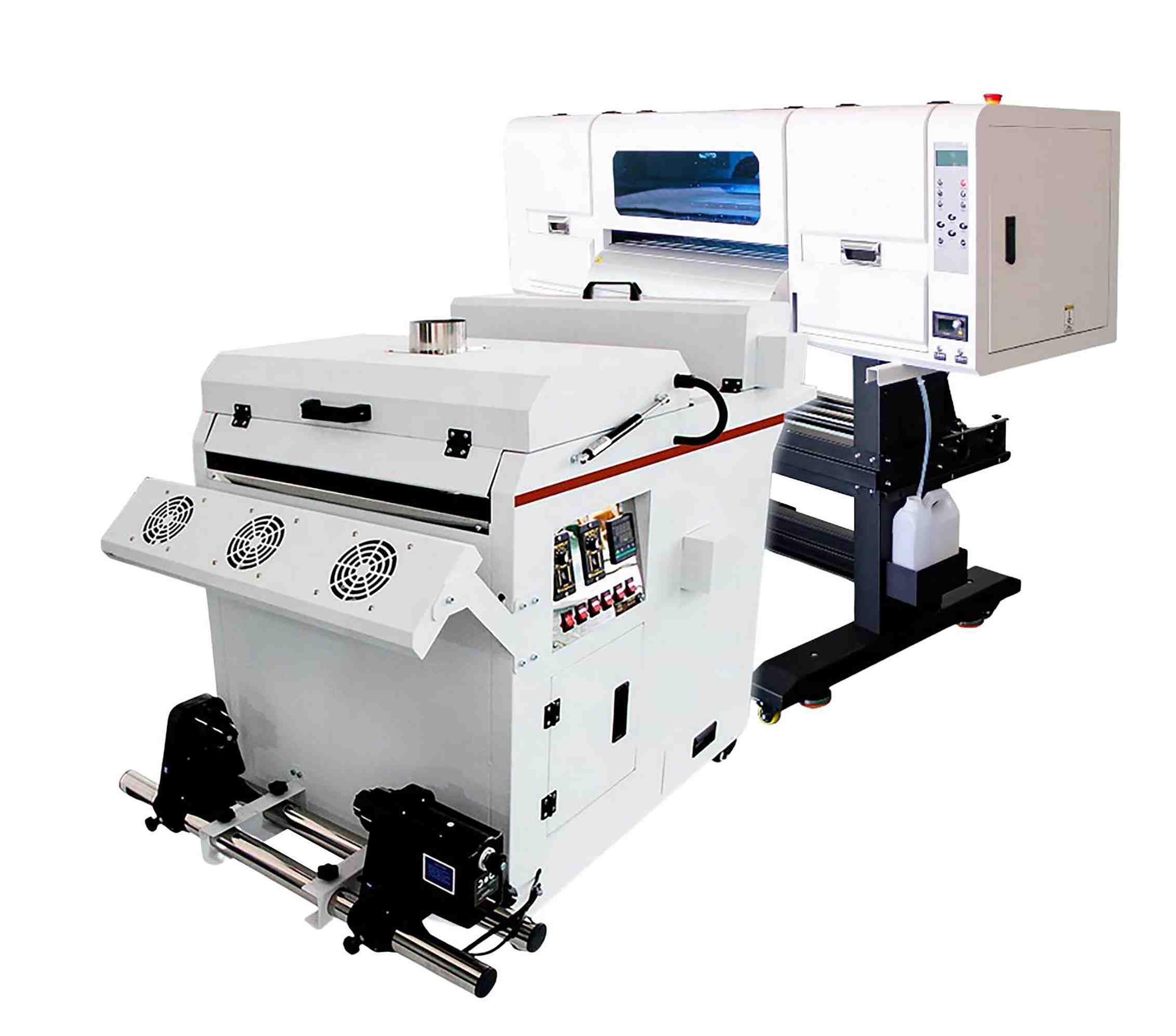Taking advantage of the Power of DTF Printing: Strategies for High-Quality Fabric Styles
Taking advantage of the Power of DTF Printing: Strategies for High-Quality Fabric Styles
Blog Article
Ultimate Overview to DTF Printing Techniques for Stunning Textile Styles
Beginning on the journey of understanding DTF printing methods can open up a world of possibilities for creating visually fascinating fabric layouts. In this guide, we will discover the elaborate information of DTF printing, from grasping the fundamental basics to unraveling advanced shade techniques that can raise your layouts to new heights.
Recognizing DTF Printing Fundamentals
DTF printing, a procedure that involves moving layouts from a special film to fabrics using warmth and stress, develops the foundation of fabric printing techniques. This innovative method permits top quality, vivid designs to be effortlessly moved onto numerous textiles with accuracy and information. The first action in DTF printing includes producing or choosing a design that will certainly be printed onto the textile. This design is after that published onto a special movie utilizing a DTF printer, which uses specific dyes or pigments to make certain shade accuracy and durability.
As soon as the layout is published on the film, it is then very carefully positioned onto the textile, making certain appropriate alignment and positioning. The next essential action entails applying warm and stress using a warmth press maker. This procedure activates the dyes or pigments on the film, creating them to sublimate and bond with the textile fibers completely. The last outcome is a sensational, resilient fabric layout that is cleanable, versatile, and immune to fading. In general, understanding the essentials of DTF printing is crucial for understanding this contemporary textile printing strategy.
Selecting the Right Fabric Materials
Having actually developed the fundamental concepts of DTF printing techniques for textile styles, the next vital factor to consider lies in picking the appropriate fabric products to complement this cutting-edge procedure effectively. The success of a DTF print mainly relies on the compatibility in between the picked material and the printing strategy. When choosing textile products for DTF printing, it is necessary to think about the fabric's make-up, weave, and appearance. Fabrics that function well with DTF printing consist of polyester blends, spandex, nylon, and other artificial materials. These textiles normally have a smooth surface area that enables for thorough and dynamic prints. In addition, the stretchability of these products can fit the warm transfer procedure involved in DTF printing without misshaping the design. It is advisable to prevent all-natural fibers such as cotton or silk, as they may not yield the exact same degree of print clearness and durability. By selecting the appropriate textile products, developers can take full advantage of the capacity of DTF printing to produce lasting and stunning fabric layouts.

Mastering the Printing Process
To excel in DTF printing techniques for textile styles, grasping the printing procedure is essential for accomplishing regular and premium results. The temperature, stress, and period of warm application must be thoroughly regulated to make sure proper adhesion of the design to the textile. By refining each of these steps in the printing process, developers can regularly create sturdy and spectacular textile designs with DTF printing strategies.
Enhancing Designs With Shade Techniques

Moreover, explore shade gradients can bring a sense of activity and fluidness to the style. By mixing shades seamlessly, a slope result can be accomplished, including a contemporary and dynamic touch to the textile design. In addition, making use of shade obstructing techniques can develop bold and striking visuals by comparing various strong shades in distinctive sections of the layout.
Furthermore, integrating metal or neon shades can give a one-of-a-kind and eye-catching element to the fabric layout, making it stick out and show a sense of vibrancy. When strategically applied, these color strategies can elevate the general aesthetic charm of textile layouts, making them extra unforgettable and captivating.
Troubleshooting Common DTF Printing Issues
After checking out different color techniques to boost textile designs, it is necessary to resolve usual this content DTF printing concerns that might occur throughout the production procedure. In addition, issues with photo clearness and intensity can take place due to low-resolution pictures or improper printing strategies. By being aware of these typical issues and executing the essential troubleshooting actions, you can enhance the overall high quality of your DTF printed fabric layouts.
Final Thought
In verdict, understanding DTF printing techniques is crucial for producing spectacular textile designs. By recognizing the basics of DTF printing, choosing the right products, and improving layouts with color strategies, one can accomplish impressive results. It is very important to repair usual problems that might develop throughout the printing procedure to guarantee great post to read a successful result. With method and interest to detail, one can develop one-of-a-kind and beautiful fabric styles making use of DTF printing methods.
DTF printing, a process that involves moving styles from a special movie to textiles using heat and pressure, develops the foundation of fabric printing strategies.Having actually established the foundational concepts of DTF printing methods for fabric layouts, the next crucial factor to consider exists in choosing the suitable textile materials to complement this innovative process efficiently. By selecting the right textile materials, developers can maximize the capacity of DTF printing to develop resilient and magnificent fabric designs.
To excel in DTF printing techniques for textile designs, mastering the printing process is crucial for attaining consistent and high-quality outcomes. DTF Printing. By honing each of these actions in the printing procedure, developers can consistently produce resilient and magnificent textile styles with DTF printing techniques
Report this page